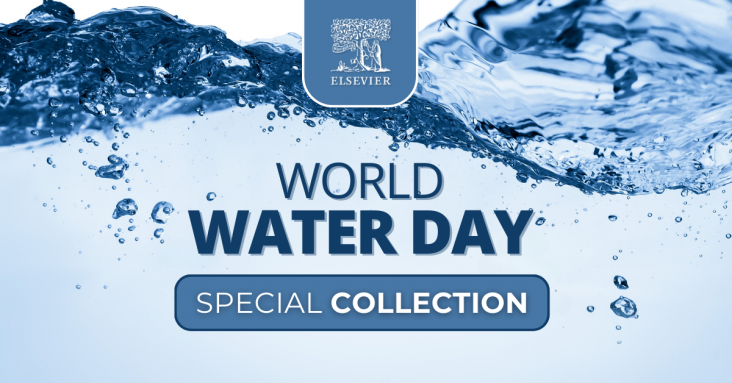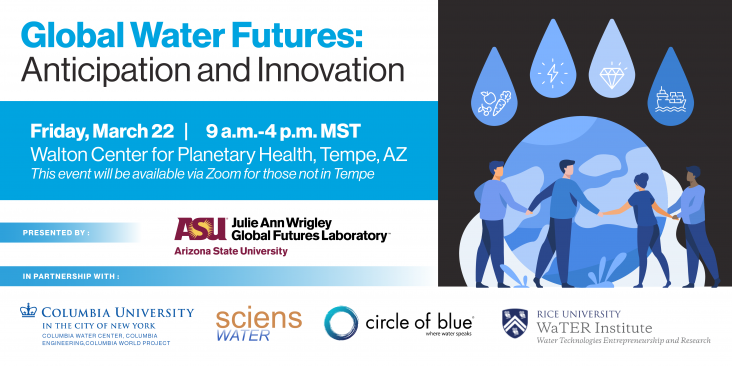
Every year, World Water Day raises awareness and inspires action to tackle the water and sanitation crisis. To mark World Water Day 2024, Elsevier has curated a free special collection of journal
This study aimed to assess the effect of exposure to organic pollutants in adults with chronic kidney disease (CKD).
The primary source of water utilized globally is groundwater. The task of guaranteeing the safety of drinking water is a significant worldwide issue that encompasses various environmental, social, and political aspects, including the accessibility, quantity, and quality of water. To ensure safe drinking water, real-time water quality monitoring is crucial
In this study, we introduced an integrated assessment framework, and estimated both quality and quantity-related Water Scarcity Index (WSI), local economic water scarcity risk (WSR), and the cascading virtual WSR observed in global trade markets across 40 major economies spanning from 1995 to 2010. Results show that developing countries had rapid growth in both quantity and quality-related WSI, while major developed economies experienced a modest increase in water stress but mitigated quality-related risks, suggesting imbalanced progress towards SDG 6 across countries.
This text ties into SDG 6 (Clean Water and Sanitation) and SDG 12 (Responsible Consumption and Production). It discusses the development of bio-based materials from plant biomass for water purification, highlighting their potential to provide sustainable and efficient solutions to water shortages while promoting eco-friendly practices and improved waste management.
Elsevier,
Julian K. Trick, Marianne Stuart, Shaun Reeder,
Chapter 3 - Contaminated groundwater sampling and quality control of water analyses,
Editor(s): Benedetto De Vivo, Harvey E. Belkin, Annamaria Lima,
Environmental Geochemistry (Third Edition), Elsevier, 2024, Pages 35-62, ISBN 9780443138010
This chapter aligns with Goal 6: Clean water and sanitation by reviewing the tools available for the collection of groundwater samples, methods of on-site water-quality analysis, and the appropriate preservation and handling of samples. This work contributes to the anaylis of groundwater in efforts to monitor and improve water for populations.
The concept of a seawater hub signifies a substantial stride toward sustainable and environmentally conscious seawater desalination solutions. It holds the potential to transform seawater treatment and ensure a consistent freshwater supply for communities globally.
The article explores innovative approaches to improve the efficiency of solar-driven water evaporation, a sustainable technology that can help address global freshwater scarcity and align with UN Sustainable Development Goals on clean water and affordable energy.
Building Information Modeling (BIM) maturity assessment framework for the operation and maintenance (O&M) phase of construction projects save time and cost in the project life cycle. The framework has been succesfully applied to the Wuhan Jiangxia Sewage Treatment Plant project.

